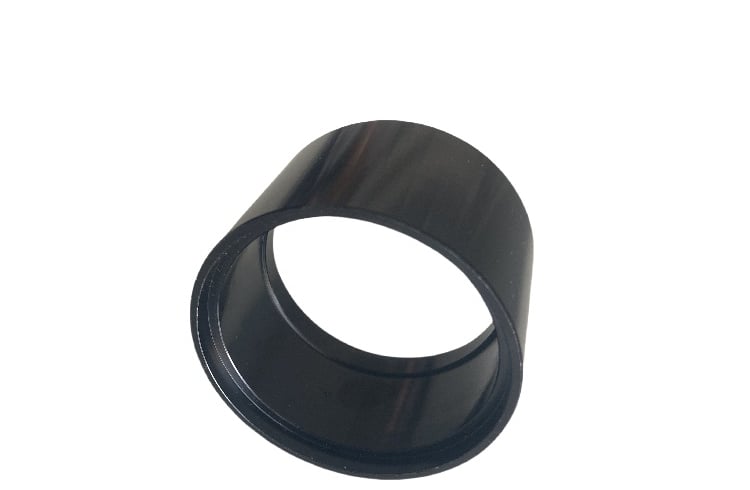CNC Turning Aluminum Inner Rings
How to Make Precision CNC Turning Aluminum Inner Rings
CNC MACHINING SERVICE
12/30/20242 min read
1. Material Selection
1.1. Use high-quality aluminum alloys suitable for precision machining, such as:
6061-T6: Excellent machinability and good strength.
7075-T6: Higher strength but slightly harder to machine.
5052 or 2024: Depending on application requirements like corrosion resistance or hardness.
Machiningfabtech is familiar with these materials.
1.2. Ensure the material stock is free from defects, uniform in quality, and pre-straightened.
2. CNC Machine Setup
2.1. Machine Selection:
Use a high-precision CNC lathe equipped with advanced controls and repeatability to achieve tight tolerances (e.g., ±0.01mm or better).
Machines with live tooling or multi-axis capabilities may be beneficial for complex geometries.
2.2. Workpiece Fixturing:
Use a high-precision chuck or collet to securely hold the aluminum stock.
Soft jaws or custom fixtures can be used to minimize distortion and improve concentricity.
3. Tool Selection and Setup
3.1. Cutting Tools:
Use carbide or PCD (polycrystalline diamond) cutting tools for better tool life and superior finishes on aluminum.
Choose tools designed for aluminum machining with polished flutes and sharp cutting edges to minimize material buildup.
Tool Geometry:
Opt for high rake angles and positive chip-breakers to ensure smooth chip evacuation.
3.2. Tool Holding:
Use precision tool holders to reduce runout and maintain consistent tolerances.
4. Machining Parameters
4.1. Cutting Speed:
Aluminum allows for higher cutting speeds. Typical speeds range between 2000–6000 RPM, depending on the diameter of the ring and machine capability.
4.2. Feed Rate:
A moderate feed rate of 0.1–0.3 mm/rev is suitable for balancing precision and surface finish.
4.3. Depth of Cut:
Start with a roughing pass (e.g., 1–3 mm depth of cut) to remove most material.
Follow with a finishing pass (e.g., 0.2–0.5 mm depth of cut) for precision and smoothness.
4.4. Coolant:
Use water-soluble coolant to avoid overheating and achieve better surface finishes.



5. Achieving Precision
5.1. Tight Tolerances:
CNC programs should account for thermal expansion and machine wear to consistently meet ±0.01mm or tighter tolerances.
Use finishing passes with slower feed rates for enhanced accuracy.
5.2. Concentricity:
Utilize in-process inspection tools, such as dial indicators, to verify concentricity during machining.
6. Surface Finishing
Aluminum can achieve a smooth surface finish (Ra 0.8 or better) using:
6.1. Fine feed rates and sharp finishing tools.
6.2. Polishing or lapping after machining if necessary.
7. Quality Control
7.1. Inspection Tools:
Use precision calipers, bore gauges, and coordinate measuring machines (CMM) to check tolerances, roundness, and dimensions.
7.2. In-Process Monitoring:
Regularly check the workpiece during machining to detect deviations early.
8. Additional Tips
8.1. Deburring: After turning, remove sharp edges using a deburring tool or ultrasonic cleaning.
8.2. Anodizing (Optional): Apply anodizing to improve corrosion resistance and aesthetics if required.
9. Cost Optimization
9.1. Optimize tool paths and minimize idle time in CNC programming to reduce cycle times.
9.2. Consider batch production to lower the per-unit cost through better machine setup efficiency.
By following these steps, you can produce high-precision aluminum inner rings efficiently while maintaining tight tolerances and excellent quality.
.
Manufacturing precision aluminum inner rings using CNC turning requires careful planning, proper tooling, and high-quality materials to achieve tight tolerances and a smooth surface finish. Below are the key steps and considerations:
Follow Us
Contact
© 2024. All rights reserved.
Privary Policy
Refund Policy
